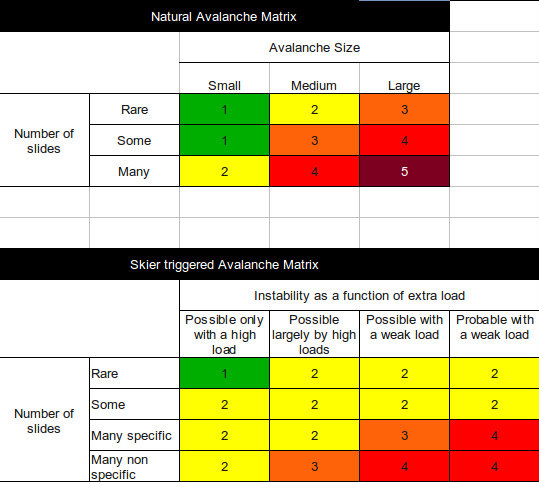Anyone who follows the French Avalanche Bulletin will see the risk level for the Chartreuse and Grands Rousses (l’alpe d’Huez) has been revised upwards this evening to 3 (considerable) from 2. To be honest I think Meteo France has been underestimating the risk in the Chartreuse at times over the last few weeks. Today there was a serious avalanche incident on the west side of the Grand Som. A lone skier was completely buried by an avalanche. A couple of ski tourers spotted blood in the snow and were able to locate and dig out the victim who had spent a considerable amount of time under the slide. The CRS des Alpes and Security Civil attended the scene and the victim was heliported to the University Hospital in Grenoble where he is in a serious condition. Another skier triggered a slab in an exposed south facing section of the Dent de Crolles. He was unharmed by the slide.
In the Grandes Rousses the CRS/Security Civil also came to an aid of a Parisian who was buried by an avalanche under 150cm of snow close to the summit of the Rissiou above the ski resort of Vaujany. His friends were able to locate and rescue the man thanks to his avalanche beacon. The man suffered from a fractured leg and hypothermia. A slide also crossed a ski run at Corrençon-en-Vercors at the end of the day, out of precaution the piste services checked the slide with probes and an avalanche dog.


